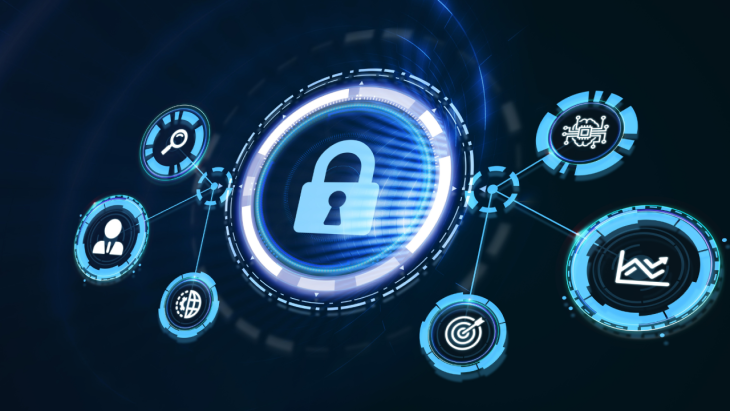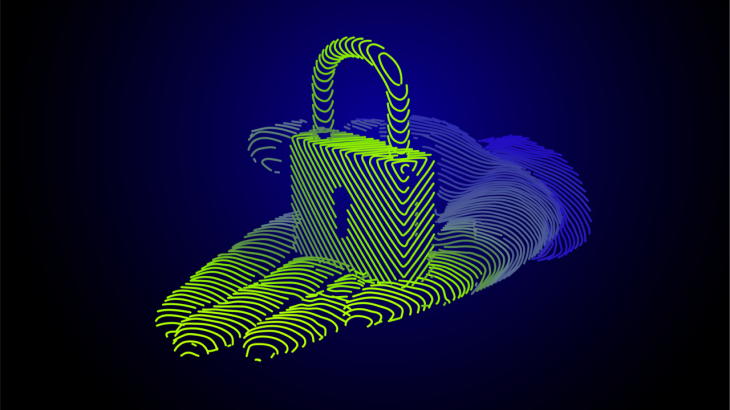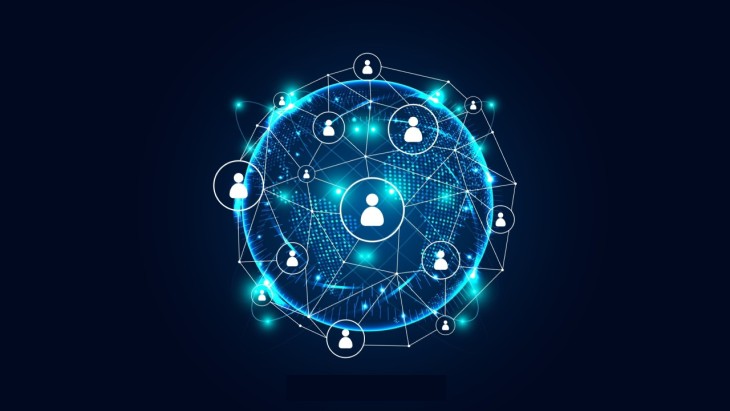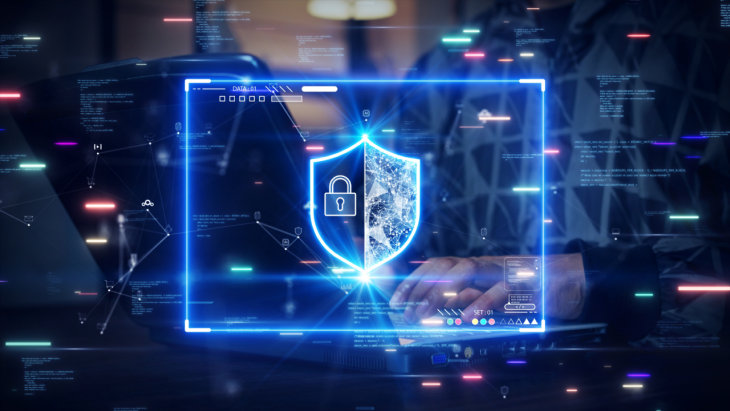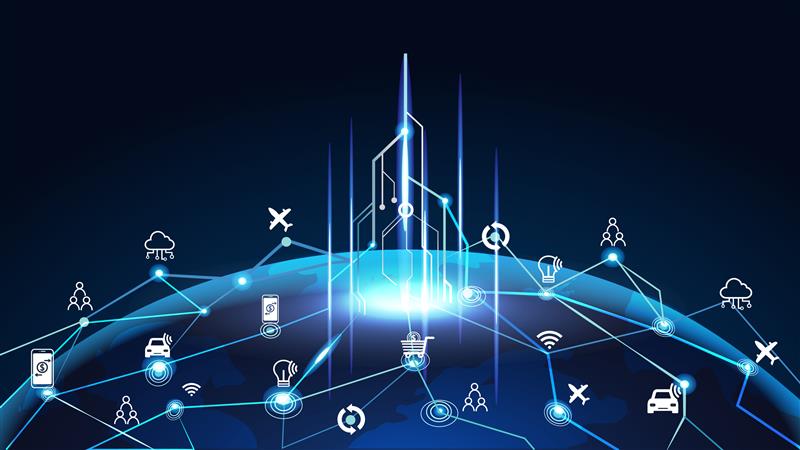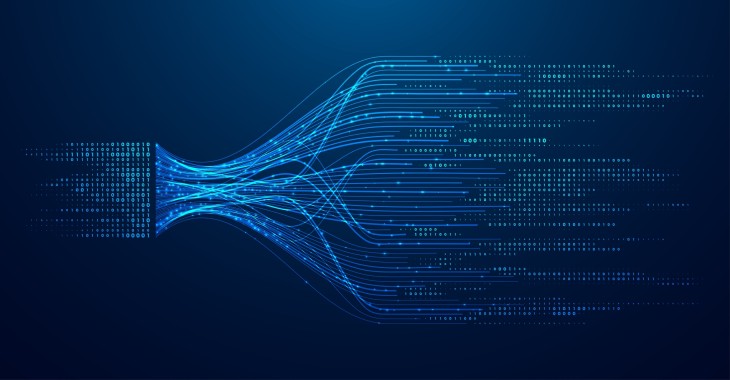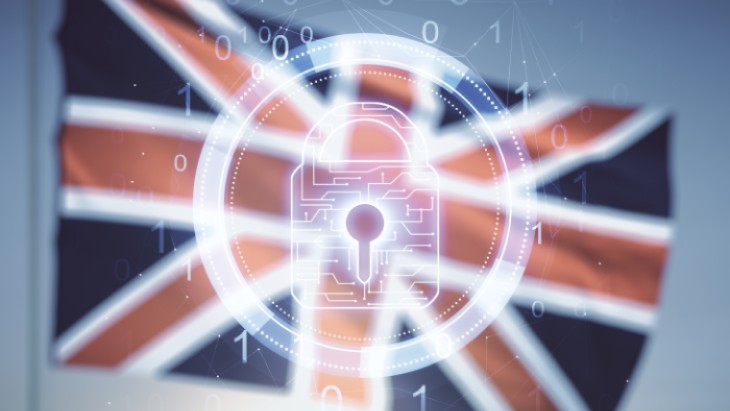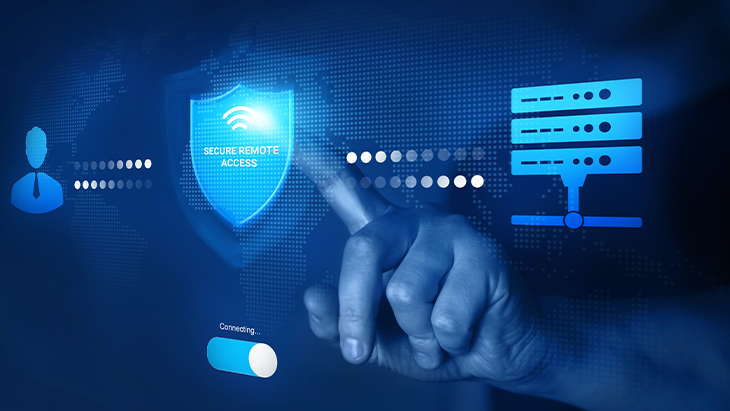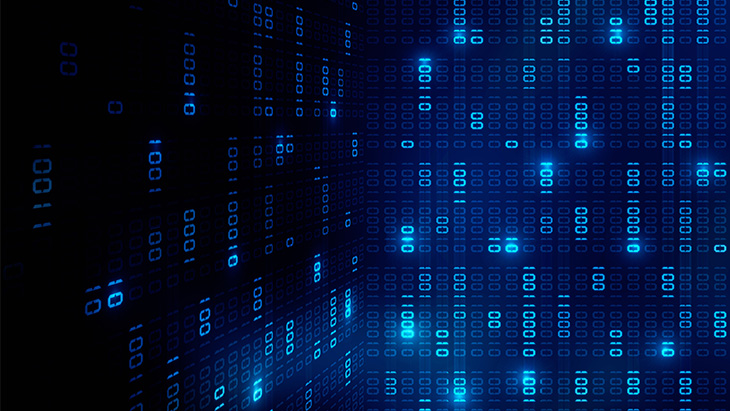
Cybersecurity in Healthcare
The healthcare sector is among the fields in which cybersecurity solutions have the utmost importance. Whenever the sector has issues with ensuring the security of sensitive data stacks, this may result in the leaking of confidential personal information. This, in turn, may cause institutions operating in the healthcare sector to lose patient trust and impact reputation. It is imperative to stress that various institutions and organizations in the healthcare sector require extremely comprehensive data and access security precautions for this reason.
Why Do Cyber Attackers Target the Healthcare Sector?
It is possible to explain why institutions in the healthcare sector are targeted by cyber attackers under three categories. However, before we explain these in detail, the large data fields of health institutions and the personal data they contain can be seen as the primary enveloping reason. Regardless of the type of cyberattack, the motivating reason to attack these institutions is access to critical data, We can summarize the reasons cyber attackers target the healthcare industry as follows:
- The ability of easily finding buyers for patients' medical information and invoice details in the dark web
- The possibility of earning money by locking systems related to patient care and institutions’ administrative structures via ransomware attacks
- The internet-connected medical devices in hospitals, especially in the ones built recently, being vulnerable to being seized remotely
The attackers who set out with these basic goals can affect thousands of institutions and millions of people in various regions of the world. So, what do the recent incidents and statistics tell us? Is the healthcare sector really an open target in terms of cyber threats?
The Statistics of the Relationship between Cyberattacks and Healthcare
Reviewing a few recent incidents is useful to better understand the relationship between cyberattacks and the healthcare sector. Scripps Health, a firm in charge of five hospitals and 19 outpatient treatment centers in the state of California, USA, stated that they are expecting to lose $106.8 million US due to a cyberattack targeting their systems in May 2021. In another incident in the US, a 34-year-old pharmacist named Tangtang Zhao allegedly sold 134 genuine vaccination cards to 11 buyers for a total sum of $1.276 US in Chicago. Zhao is currently accused of stealing 12 different state properties and is charged with 10 years jail for each incident, for a total of 120 years.
On the other hand, according to the information in Verizon’s DBIR 2021 report, the reasons behind data breaches in the healthcare sector have shifted from internal threats to external threats since 2019. Furthermore, the IBM Cost of Data Breach report also indicates that data breaches cause the greatest costs in the healthcare sector. The industry has seen a 10.5% increase in costs compared to the 2019 report, and continued to be the line of business with the highest financial loss for the 10th year in a row, with an average of $7.13 million US.
Challenges in Ensuring Data Security
The data in the Verizon DBIR 2020 report reveals that the most significant increase in data breaches in 2020 was in the healthcare sector, compared to 2019. Knowing the frequently encountered cybersecurity challenges in the sector, which has seen a serious increase of 71% in data breaches, may provide a more beneficial approach regarding the precautions to be taken:
- The ability to attract buyers for patient information always for high prices
- The use of old technology in the majority of medical devices
- Insufficient training of medical professionals regarding remote access
- Insufficient cyber risk training
These are some of the precautions that can be taken to cope with these challenges:
- Risk assessment
- Identifying security vulnerabilities
- Safety compliance of the network (HIPAA, HITRUST)
- Cybersecurity training
- Endpoint security (Protection of electronic devices and servers)
- Network security (Protection of the network, users, and data)
- Identifying threats and the capacity to interven
Establishing security policies operating with "The Principle of Least Privilege" and based on a "Zero Trust" approach for privileged accounts is essential to implement recommended security solutions in order to ensure data security in the healthcare sector, and will also ensure that the internal and external threats to your institution are neutralized. Privileged Access Management (PAM) solutions, which undertake a critical role in establishing and implementing these approaches, also strengthen your institution in terms of data security. Privileged Access Management, or PAM, can completely eliminate the concerns of an institution in the healthcare sector regarding data and access security, thanks to the advanced features it incorporates.
First and foremost, you should remember that the number of users in the network of a healthcare institution is high, and these users operate in a distributed architecture. Therefore, in the first phase, you should prevent the network from becoming too complex. In the second phase, you should keep the number of required privileged users at a controllable level.
To ensure this, you can make use of Kron’s PAM solution, Single Connect, in accordance with your institution’s security protocols and prevent malicious users or cyber attackers from seizing control of critical data. For instance, using Single Connect’s Privileged Session Manager, you can control all session and user accounts in the network and record all logins. This way, you can prevent potential confusion and monitor privileged user sessions via logs. The Dynamic Password Controller, allows you to preserve the passwords of privileged accounts in isolation from the network using its password vault feature and ensuring uninterrupted operational efficiency while providing access security via strong and complex passwords.
Furthermore, thanks to the Multi-Factor Authentication (MFA) feature of Single Connect, you can authenticate users through geo-location and also secure access and authentication with time limits. With Privileged Task Automation, you can reduce downtimes and increase efficiency by automating routine tasks. Single Connect’s Database Access Manager and Data Masking solutions will also be beneficial in ensuring more efficient privileged account access security and data security. These advanced features allow you to control the access of database managers, log every operation of the corresponding user group, and offer extra protection for your data with data masking.
With Single Connect, which was featured in the the 2021 Gartner Magic Quadrant for PAM report as one of the best PAM solutions in the world, you can benefit from all the features above and eliminate cybersecurity vulnerabilities in the healthcare sector.
Contact us to learn more about the Single Connect, developed by Kron’s expert and experienced team so you can take your data and access security one step further.
Highlights
Other Blogs

TACACS Gets the Axe as Super-Regional Everstream Opts for Krontech’s PAM Solution


